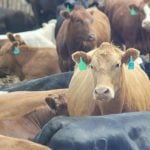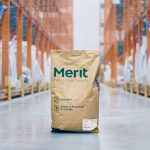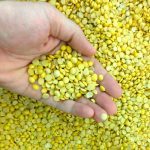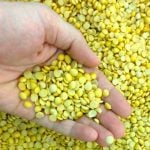
Tag Archives Protein

Merit bankruptcy proceedings begin
Winnipeg-based Merit Functional Foods filed for bankruptcy in October after being in receivership since 2023

Targeting plant-based exports to Asia
Single ‘Asian consumer’ doesn’t, exist market analyst says; Canadian exporters to get help targeting diverse Asian food markets

Better pork eating is key to boosting consumption
A new U.S. report calls for revamped pork genetics, new products and better marketing; the Canadian industry should consider what that means for them and their future direction

Protein Industries Canada to fund scale-up of domestic processing

Insect protein facility coming to Saskatoon
Company looks to take black soldier fly opportunities to next level

Protein symposium flags need for problem solvers
Panel discussion identifies lack of breadth, gaps in soft skills in hires

Plant-based protein navigates market reckoning
PROTEIN | Improved taste, texture and value are hoped to make the sector more competitive

Faba bean research means high protein, less gas
The process of breaking down faba beans is an important sustainability tool, scientist says

Protein advancement hub launches
ProteinMB designed to provide dedicated resources, staff for sector advancement

Global protein shortfalls a boon for Manitoba wheat growers
International market pressures could be a silver lining for a Manitoba wheat crop that saw lower than normal yields


